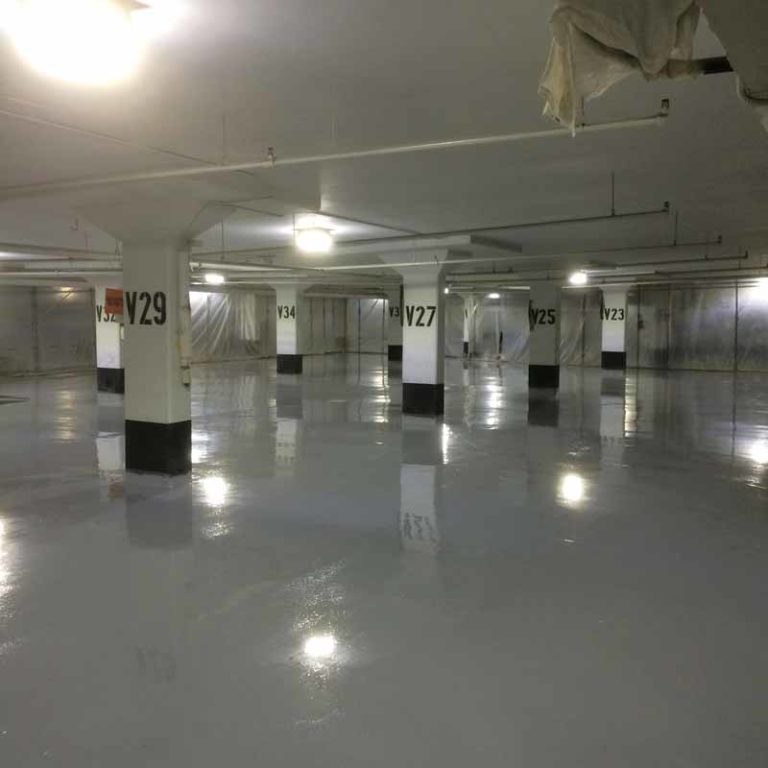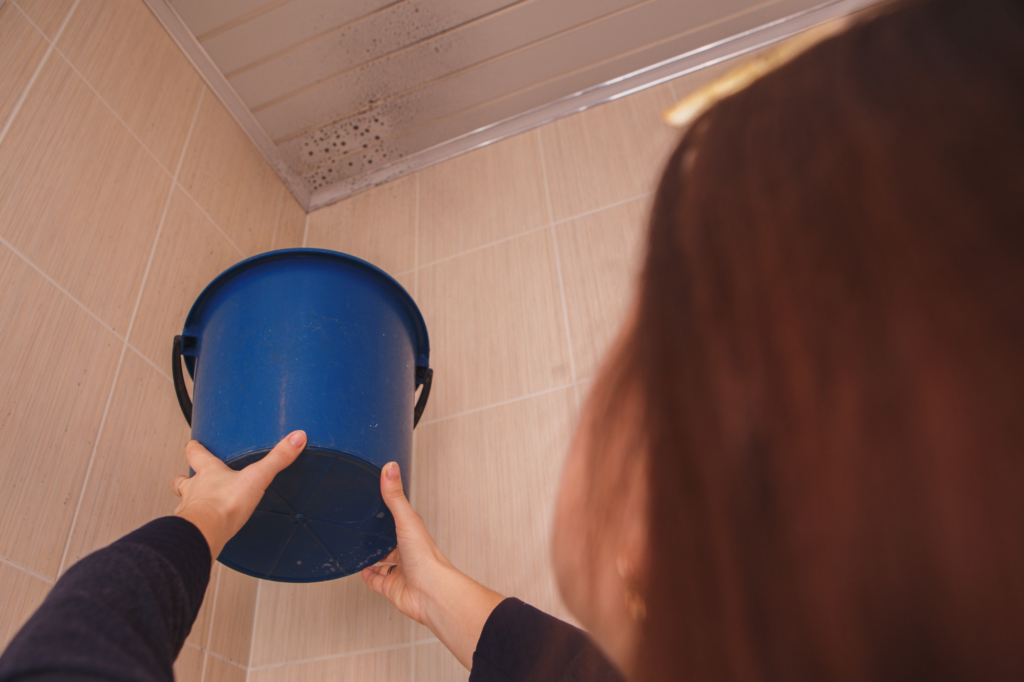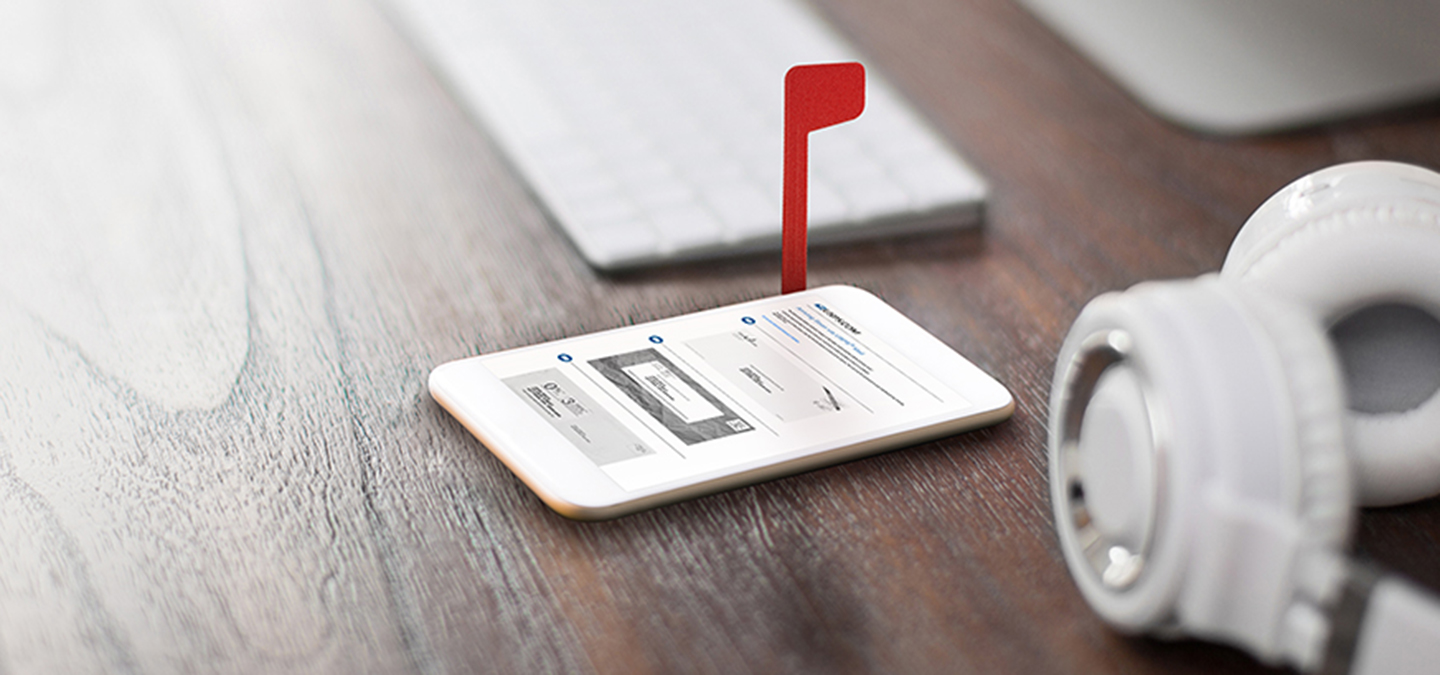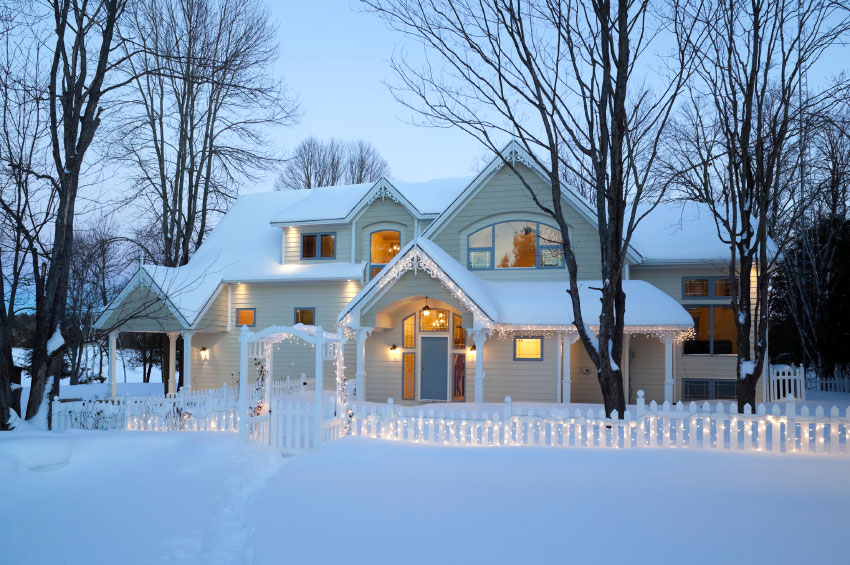Table of Content
Many homeowners will encounter leaks in their roofs and experience the pain of realizing they may have to spend a substantial amount of money on repairs. Most homeowners policies will cover sudden water damage to personal property, such as furniture, unless it is specifically excluded, but only under certain conditions. Bankrate is compensated in exchange for featured placement of sponsored products and services, or your clicking on links posted on this website.

Let your contractor know when the insurance adjuster is coming because they may have questions for the insurance adjuster. You don't want to lose a payout because you didn't have the correct paperwork. Insurers will not pay out—or will pay out a lower sum—if they believe that the roof was already damaged due to regular wear and tear. Your roof leak can also get into the electrical system and become a fire hazard. Over time, the constant flow of water can lead to mold and mildew build-up. Roof leaks can lead to house damage that can cost you a lot of money to repair.
Keep home insurance cost down
The best home warranties act as service contracts that cover certain repairs and maintenance calls after the payment of a preset service call fee. This makes it possible for homeowners to comfortably call for a maintenance technician, already knowing how much the visit will cost. Home warranties apply to all home systems and appliances that are outlined in the contract, including plumbing, electrical, HVAC, and kitchen and laundry appliances. Roof leak coverage may be offered as an add-on, as well as coverage for septic systems and well pumps.
When the cause of roof damage is not a covered peril, then the cost of repairing the damage is not covered by insurance. Perils that are not covered include roof damage from general wear and tear or lack of maintenance. If your roof is damaged by fire, wind, hail or falling debris like trees, your dwelling coverage may help cover the cost of repairs. In the event that your home’s contents are damaged as well, personal property coverage can also help repair or replace these items.
Schedule a Free Roof Leak Consultation Today
Documenting the extent of the damage to your home is a necessary precursor to filing a homeowners insurance claim. If you can locate the source of the leak, make sure to take a picture of it and the roof damage. Insurance companies will also not pay for roof damage caused by non-covered perils.
You may be able to file your claim by phone or on the insurer’s website or app. It’s best to file as soon as possible to get the process started, especially if your damage is due to a widespread natural disaster. It can take longer to settle claims if there are hundreds of other nearby homeowners who also need help. If you need to file a claim for a roof leak, report the problem promptly and look for a reputable roofing contractor. Certain dog breeds are also sometimes not covered under your homeowners liability insurance.
Get a Free Roof Inspection
Once the work is complete, you have to pay the roofing contractor directly. We’ve mentioned before that homeowners policies usually don’t cover wear and tear. The same goes for damage that could have been prevented by regular maintenance.

For example, rain that drips in through a pre-existing hole is generally not a covered loss, because the insurance company would likely say you should have fixed the hole. Beyond homeowners insurance, you can work with a water damage restoration company and invest in a protection plan for your home. Are typically excluded from standard homeowners insurance policies, they are covered if they are the result of a covered incident. If mold grows in a naturally damp room, you won't be covered unless you've added an optional mold insurance endorsement to your policy.
Will reimburse you for the repair of a roof leak — and any subsequent damage to your belongings — depends on the original cause of the leak. Your home insurance policy's declaration page explains which perils are covered or excluded under your current policy. Your homeowners insurance won't cover leaks caused by wear and tear or poor maintenance, but it should offer protection in most other cases. As with any other claim, before making a claim for roof damage, make sure to consider your home insurance policy's deductibles to determine whether filing a claim makes the best financial sense. If you live in a coastal area that is prone to hurricanes and tropical storms, make sure your home insurance policy covers hail and windstorm losses.

Should you need to replace your roof, building it with newer materials is more likely to prevent costly damages down the road. Standard homeowners policies do not cover any losses, including to roofs, caused by floods. If you live in a flood-prone area, protect your home with flood insurance. Many major insurance companies offer flood insurance through the National Flood Insurance Program .
If a hailstorm damages your roof and incoming rain soaks your sofa, your home insurance will likely help pay to replace it. But if the sofa sustains damage due to a gradual leak, the insurance company may not pay the claim. Keep in mind that a home insurance policy doesn’t automatically pay up to the limit of the maximum it will cover. For instance, if shingles blow off your roof during a windstorm, your coverage may only pay to replace the missing shingles, not the entire roof. Even if a roof leak is covered by insurance, it’s important to understand what kinds of losses an insurer will and will not cover. This question, too, can be answered “it depends.” In this case, it depends on the terms of the insurance policy and what it includes and excludes.

For older roofs, many insurance companies will compensate the homeowner only for the roof’s depreciated value. Roof leaks, regardless of cause, can sometimes cause mold to grow inside the house. Many insurance policies now specifically exclude coverage for mold remediation, leaving the homeowner to foot the bill for that work. Many insurance policies cover the full repair or replacement cost of damaged roofs, provided that the roof is less than ten years old. Your flat roof insurance should cover roof repairs and leaksif the damage is caused by a sudden event such as a storm. For example, if a storm comes through and wind blows some of your roof shingles away causing rain to leak into your ceiling, you would likely have coverage under your homeowners insurance.
For instance, if you don’t have earthquake coverage and your roof is damaged in the event of an earthquake, the company will not pay for repairs. Make sure you’re thoroughly covered for all natural disasters that may occur in your area. The most efficient way to save money is to prevent roof leaks from occurring in the first place. Many homeowners put off examining their roof for leaks or minor damages because they believe repairing them will be too expensive.

If you schedule a free roof inspection today, we can likely be at your property the next business day to do the inspection. Spotting a roof leak as early as possible is critical for minimizing damage to your home and belongings. Since roofs are typically sloped, it's common for water to enter your home at one part of your roof, only to trickle down to another area where the leak becomes apparent. For example, if a storm knocks down a tree and it puts a hole in your roof, the repairs will likely be covered. If, however, years of weather have worn down your shingles and your roof springs a leak, you may have to take care of the damage yourself.
If the warranty includes roof coverage, it may cover the repair to the roof if it has failed as a result of age or normal wear and tear, and it may also cover roof water damage. But a warranty will typically not cover other damage caused by the roof leak. In some circumstances, the home warranty might cover the failure of the roof when homeowners insurance does not.



